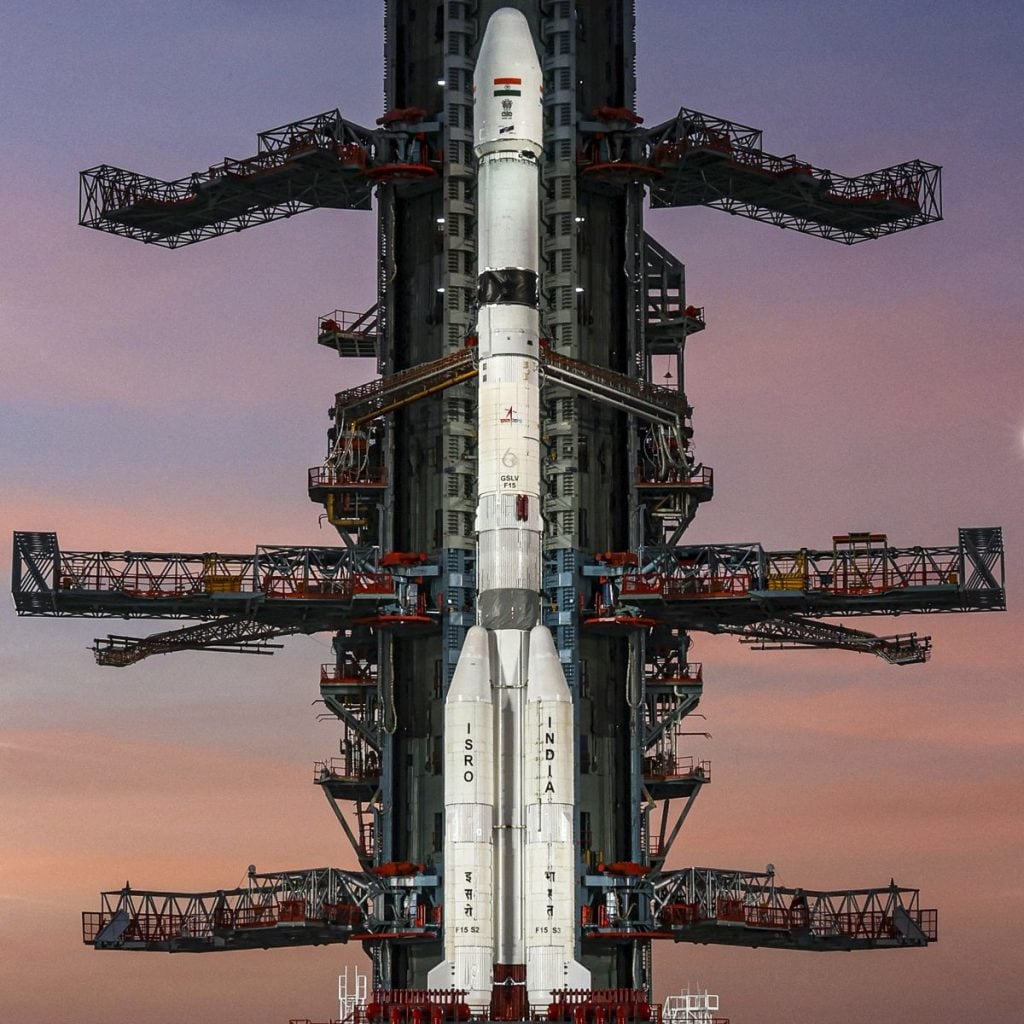Isro’s hitting a 100!
If all goes as planned, then India and the world will witness the Indian Space Research Organisation’s (Isro) 100th launch, scheduled for January 29 at 6.23 am from Sriharikota’s second launch pad. This event also signifies the first launch under the new leadership of chairman
V Narayanan, who took over from S Somanath on January 13.
Speaking on the launch, sources told news agency PTI, “The 27.30 hour countdown commenced at 02.53 am on Tuesday.”
But what is Isro’s 100th launch all about? We also take a closer look at the row over this launch for Wednesday being the 100th or not.
On Wednesday, as part of its 100th launch, Isro will send up the 2,250-kg navigation satellite named NVS-02 aboard the GSLV-F15 from Sriharikota’s Satish Dhawan Space Centre. NVS-02 is part of the Navigation with Indian Constellation (NavIC), which aims to supplement Indian navigational requirements, both in the private sector and defence.
The NVS-02 is the second of five second-generation
NavIC satellites developed by Isro to replace the existing satellites in the country’s navigation constellation Indian Regional Navigation Satellite System.
According to space experts, NVS-02 will help enhance NavIC’s services. It is equipped with a precise atomic clock called the Rubidium Atomic Frequency Standard (RAFS) for accurate timekeeping. Moreover, it will carry an advanced navigation payload operating in three frequency bands (L1, L5, and S) to ensure high accuracy.
NavIC, short for Navigation with Indian Constellation and previously called the Indian Regional Navigation Satellite System (IRNSS), is the country’s answer to the US-owned Global Positioning System (GPS).
It has been designed to provide accurate position, velocity and timing (PVT) service to users in India as well as to regions extending about 1,500 km beyond the Indian land mass. And as experts have stated, NavIC will provide two types of services, namely, Standard Positioning Service (SPS) and Restricted Service (RS). While the former is for civilian use, the latter is for strategic purposes.
As space expert Girish Linganna told The Week, “By allowing public access, Isro is making NavIC a dependable alternative to global navigation systems like GPS, GLONASS, Galileo, and BeiDou. This reduces the country’s reliance on foreign systems and strengthens its navigation capabilities.
Experts note that having its very own indigenous navigation system will help advance technologies such as self-driving cars, drones and smart city systems.
Moreover, NavIC will also enhance the worldwide navigation network. Users around the world will be provided with improved accuracy and reliability in their navigation services.
NavIC will also be highly beneficial to Indian agriculture. An indigenously made navigation system will provide farmers with better and more accurate information about precision farming, which will result in better yield. Precise satellite data would allow farmers to make informed decisions, supporting better planning, yield forecasting, and sustainability in farming practices.
In urban infrastructure and transportation, NavIC’s expanded civilian access is likely to bring new opportunities for public and private sectors alike. As Srimathy Kesan, founder and CEO of Space Kidz India explained to The Week, “By relying on a locally controlled system, India can improve its logistical operations, from managing public transit to optimising last-mile delivery for businesses. For urban planners and government agencies, NavIC offers a robust tool for building smart cities, as it enables precise tracking and planning capabilities for infrastructure development, traffic management, and public services. Furthermore, the system’s independence from foreign satellite networks ensures that these applications remain secure and reliable, even in cases of geopolitical tension.”
While many are excited about Isro’s launch on Wednesday, some are debating if it is actually India’s space agency’s 100th launch. Many have taken to social media and space forums to even debate this fact, with some stating that the SpaDeX mission on December 30, 2024, was the 95th launch, which means tomorrow’s mission will be its 96th.
One user even pointed out the same on X after the SpaDeX mission, writing, “In ISRO’s launch stream yesterday it was officially said that PSLV-C60 is the 99th ISRO launch and the next mission will be the 100th. In fact C60 was ISRO’s 95th ‘orbital’ launch attempt and not the 99th.”
However, India’s space agency remains firm on its number. An official explained to The Print that the confusion was owing to the fact that this was not a count of the total missions the space agency had undertaken since its inception.
Missions, he said, would take into account all orbital, sub-orbital, sounding rocket, test demonstration, and private launches. “There is a difference between launches and missions. When we say it is the 100th launch, we mean all launches that have happened from the Sriharikota Range (SHAR),” the official clarified.
With inputs from agencies
Link to article –
Isro’s 100th launch tomorrow: What makes desi navigation satellite NVS-02 special?
